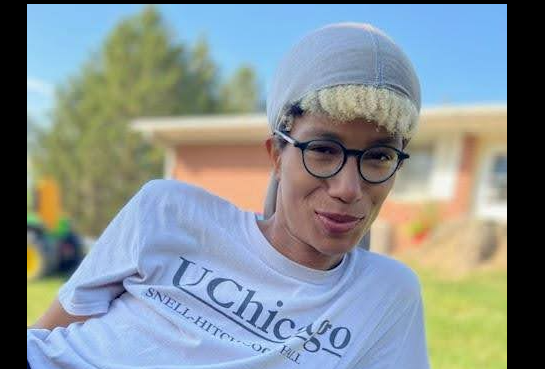Family members are investigating after a Black Chicago woman went missing in the Bahamas during a yoga retreat. Taylor Casey, 41, went missing on June 19 while attending a Sivananda Ashram yoga retreat on Paradise Island in the Bahamas, her family confirmed in a news release, according to the Associated Press.
A missing person report was filed with the Bahamas Police Service on June 21, and posters were made to raise awareness of her disappearance.
Her mother, Colette Seymour, reportedly traveled to Paradise Island and Nassau to meet with authorities to get answers about her daughter’s whereabouts.
“We are deeply concerned about Taylor’s safety and well-being,” Seymour said in a press release posted to a Facebook group dedicated to the search for Taylor Casey. “We love Taylor and want her to come home.”
According to her mother, Casey had been practicing yoga for 15 years and had been attending Sivananda Ashram Yoga Retreats to gain knowledge and experience to share with the Chicago community.
“We believe Taylor is at risk because she was eager to share her yoga retreat experience with others upon her return. She would never disappear like this,” Seymour said in a press release.
The family is urging anyone with information about her whereabouts to come forward as soon as possible. “Every lead is important in helping us find her,” the statement read.
Casey is described as a light-skinned black woman, approximately 5 feet 10 inches tall, weighing 145 pounds, with brown hair and brown eyes.
Taylor Casey’s disappearance has drawn attention to the alarming number of black women who go missing each year.
According to data from the National Crime Information Center, more than 97,000 missing Black women were reported in the United States alone in 2022. That same year, Black women and girls accounted for about 18% of all missing persons cases, despite making up just 7% of the total population.
Rosa Page, a nurse and executive director of the Coalition to Prevent Black Feminine Murder, told U.S. News she believes the number of missing black women is much higher than the figures suggest.
“There are no fliers, and often no information at all about the missing women and girls that are on my page,” she said.
As we’ve covered before, missing Black women have historically been underrepresented in the media compared to other demographics.
“If there were twice as many black missing people as there actually were in the population, you would expect there to be twice as many reports because that’s true, but the opposite is true,” Kyle Pope, editor-in-chief and publisher of the Columbia Journalism Review, told WTKR. “When someone goes missing, the case gets more or less coverage, and that’s directly correlated with race.”


